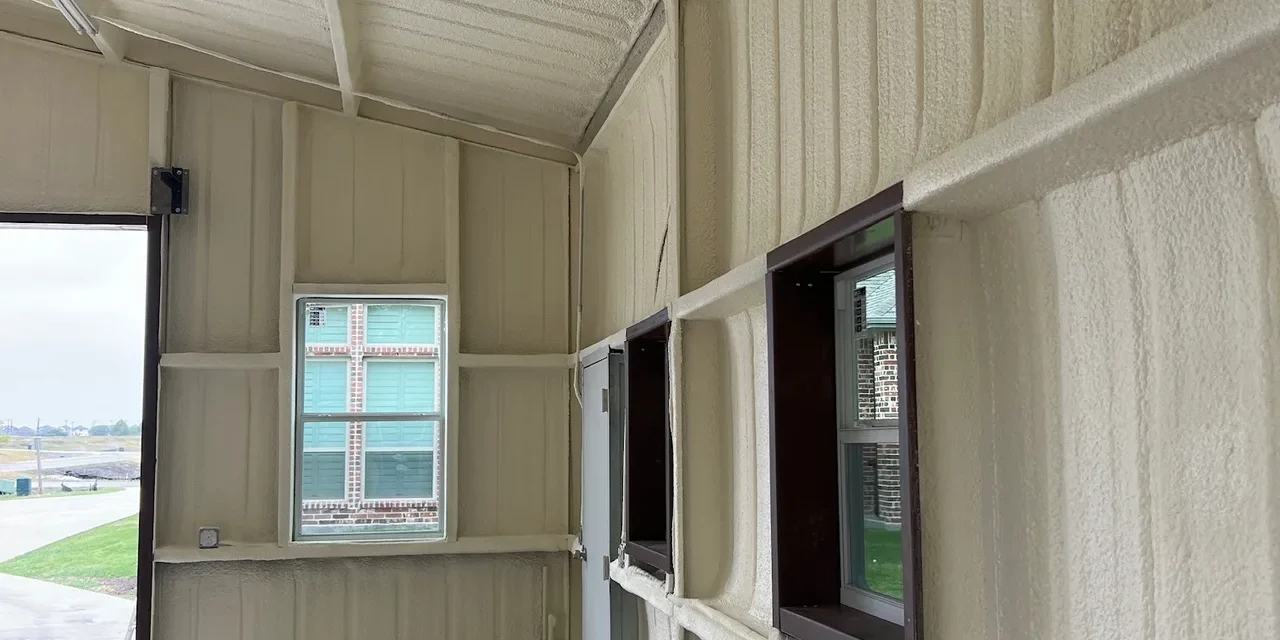Compared with traditional fiberglass insulation, spray foam insulation is extremely effective at producing a layer of insulation with no air infiltration. It is lifetime attic insulation, so you’ll be able to permanently scratch it off your list of future worries.
Spray foam seals all voids and creates an air barrier around your attic,this helps maintain a comfortable temperature, no matter the season, and helping with utility bills.
There are two types of spray foam Insulation, open cell and closed cell.
Close cell can act as it’s own vapor barrier, keeping moisture out so no worries about future condensation or mold. It provides up to an R6 rating and
blocks air loss and air movement.
Closed cell’s rigid structure and durability make it ideal for exposed walls because it won’t be damaged if it is bumped by machinery or tools.
Open cell foam insulation is lightweight, pliable, and easy to work with, where closed cell foam can be more rigid and dense.
If you have to run some new wiring, for example, open cell spray foam is going to be much easier to work with because it is so pliable. All you need to do is use fish tape and push it through the foam to get it where you want it to go, which can’t be done with closed cell, but that durability is great when the foam is left exposed. The R value for open cell differs slightly. It can be R3 to R4 range.
Both offer sound dampening which is very beneficial for anyone with a pole barn or metal building. Installation in a vacant structure can generally be completed in one day depending on the size of the building. It’s clean and quick with low odor.







